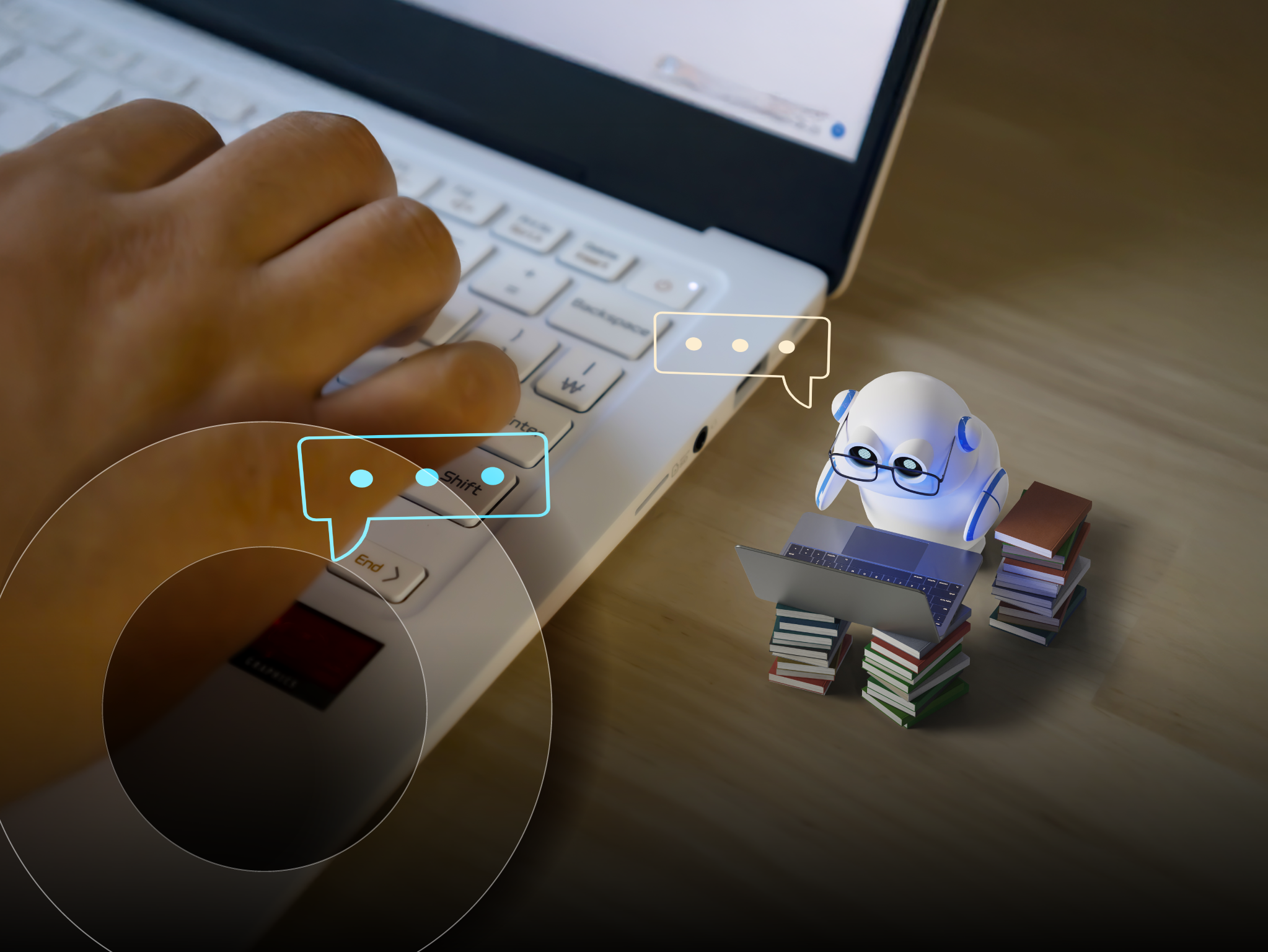Something for the Weekend: Neurodiversity and the skills gap:
Could hybrid working allow neurodiversity to solve the post-COVID skills shortage?

As businesses recover from the impact of 2020 and adapt to changes, many are facing an unexpected challenge: a skills shortage.
This isn’t what they expected. Predictions suggested that the pandemic would lead to a recession, and increased unemployment with employers back in the driving seat, able to pick and choose from a wide pool of candidates.
However, the opposite is true. The US has 9.2m job openings for 9.5m unemployed while the UK is currently facing its worst labor shortage since 1997 and 23.8 percent of Canadian businesses are concerned about a shortage of labor.
But it’s not as simple as redeploying the newly unemployed into the vacancies. These roles may not fit their skills, experience, and aptitude. While this article from 2015 explored the fact that technology creates more jobs than it destroys, it also illustrates the gap between the jobs that disappear (such as agricultural laborers, washers, and launderers over a 140-year period) and those that are created (accountants, hairdressers, and bar staff).
Today we’re facing a similar problem, where there are plenty of jobs, but a mismatch in skills. Businesses need to take a pragmatic approach.
We’ve already written about hybrid work making employment more accessible to disabled workers and women. There’s another group that has struggled in the traditional workplace but has benefited from remote working – the neurodiverse community.
What do we mean by Neurodiversity?
Neurodivergent individuals are those who deviate from the perceived norm in the way that they think or process information mentally. While it’s often assumed neurodiversity refers to autistic people or those with ADHD, ADD, or OCD, the term also covers learning disabilities like dyslexia or dyscalculia.
Organizations that build support for neurodiverse individuals into their post-pandemic recruitment plans stand to benefit, as according to EY and the World Economic Forum, these individuals are ideally placed to fill the shortage of programmers and coders that the tech industry and others need today.
Strategies for on-site inclusion
Deploying relatively simple tools within the in-office environment can make a significant difference to neurodiverse workers. For example, spelling and grammar tools or speech-to-text software together with screen readers or text reading software have made working life easier for dyslexics.
Despite what people tell me, Excel and calculators haven’t solved my problems with dyscalculia, but mobile phone address books with saved numbers and shareable contacts have prevented many misdials on my part – and put an end to the embarrassment of consistently giving people my own contact details with the numbers written in the wrong order.
Workplace technology can also help with other types of neurodiversity. Noise-canceling headphones and silent keyboards can be game-changers for those with noise sensitivity, but wearing headphones in the office was historically seen as rude. Hybrid working practices and online collaboration have changed this.
Working from home has helped
When it comes to sensory, cognitive, and behavioral stresses, many neurodivergent individuals have benefited from having more control over their environments. Speaking to friends and colleagues, they shared how working from home removes some of the challenges faced in the office:
“I often feel over-stimulated by the end of a day in the office – the noise, movement, color, and things like the smell of people’s laundry detergent, perfume, and food can all be distracting. My home simply doesn’t have those issues.”
“My screen in the office is very visible to anyone walking past, and I feel some of my colleagues judge me for the way I work, constantly switching tasks rather than focusing on one thing at a time. They can’t see this on video calls, so I don’t have to worry about it.”
“I get very stressed about fitting in socially, reading the signals, and trying to fit in. The relief of not feeling I should socialize regularly with my colleagues after work or having to go to the work Christmas party last year was immense.”
“I have sensory issues and struggle with the office dress code and even the feel of the fabric on the office chairs. Working from home, I can avoid the discomfort and distraction and dress in a way that actually helps me be more productive.”
One of the things I learned through these conversations is that all these stressors – understandably – use up energy, so fatigue is a common issue for neurodivergent employees. This is something I can relate to, as fatigue is a factor in long covid. We talked about how flexible schedules not only reduce anxiety but also help with fatigue management. Taking a nap in the office isn’t really either acceptable or easy to do. At home, we can find the space in our schedules to rest and manage our energy levels.
Remote working isn’t necessarily the solution
It hasn’t all been easy – video calling has sensory implications, with multiple people on screen and the distraction of trying to decode facial expressions and body language, let alone the unmuted microphones adding to background noise and varying backgrounds with people or pets moving through them. Virtual backgrounds don’t always help either (we’ve all been momentarily distracted by background choice or disappearing limbs). Equally, turning video off removes vital visual communication clues – there is no single right answer here.
Cisco have started to address some of these issues in a bid to ensure technical parity between remote and in-office workers in meetings – and the planned introduction of features such as ‘My Voice Only’ which eliminates background noise will help address the problem of sensory distractions.
The constant notifications that we all find distracting at times can be much worse for anyone already trying to manage ADHD in the online world. Rob Eyerkuss, Senior Director – Corporate Training Group at SHI points out that these notifications can be turned off:
“Most people put up with these, but they’re pretty easy to turn off if you know how – go to Settings > Notifications and pick ‘Teams Built-in’ to avoid Windows notification; switch off ‘show message preview’ and ‘Play sound for incoming calls and notifications.’ You can turn off missed activity emails and customize your settings for teams and channels as well.”
Eyerkuss recommends providing all staff with access to training in the applications they are using, so that they can adapt them to suit their individual needs.
Hybrid working
Like many of us, neurodivergent employees are likely to find that hybrid working offers them the best option. Flexibility in terms of working hours and location can help balance the pros and cons of being in the office with those of being at home.
Listening to neurodivergent friends and colleagues, and reading the research, these issues resonate with experiences many people have had during the pandemic, as stress and anxiety have heightened awareness of issues that might otherwise have gone unremarked. Hopefully this will increase empathy towards colleagues who face these challenges on a daily basis.
How we can help our peers
It can be as simple as asking our colleagues how they prefer to work. Don’t necessarily highlight specific individuals or problems as this can make them uncomfortable but talk to meeting participants about whether they prefer written, audio or video communication. Ask whether meeting recordings, transcription or captioning would be useful – and consider sending a meeting summary out with key points, actions and any follow-up. This will benefit the whole group but have a bigger impact on neurodiverse colleagues who may otherwise have to review the entire meeting again to ensure they’ve understood it. Sharing materials in advance not only means that people can adjust formatting to make them easier to follow, but also allows for any unexpected interruptions in communications (for example, due to storms or outages).
Most importantly, we need to make people feel comfortable sharing their neurodivergent status by recognizing the positive contributions that they bring to the workplace and encourage them explain how we can adapt our working practices to support them.
Improving working practices for neurodivergent employees should improve them for everyone. And by supporting our colleagues and making the workplace more inclusive by increasing flexibility in how, where and when we work, we open our organizations to a pool of talent that is more than capable of fulfilling the roles we have available.




